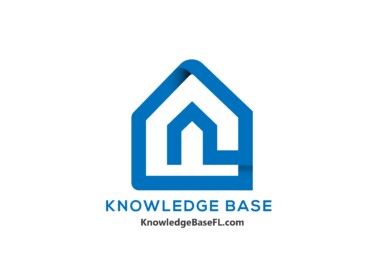A Comprehensive Guide on How to Purchase a Foreclosure
Purchasing a foreclosure property can be a lucrative and rewarding investment if you navigate the process correctly. However, it is crucial to understand the intricacies involved in buying a foreclosure to ensure a successful transaction. In this blog post, we will provide you with a step-by-step guide on how to purchase a foreclosure, helping you make an informed decision and maximize your chances of securing a great deal.
1. Researching the Market:
Before diving into the buying process, it is essential to conduct thorough research on the local real estate market. Familiarize yourself with the foreclosure inventory, pricing trends, and specific neighborhoods where foreclosed properties are available. This knowledge will enable you to make better-informed decisions when it comes to selecting the right property.
2. Financing Options:
Foreclosure purchases often require cash or pre-approved financing due to the unique nature of these properties. Contact lenders who specialize in foreclosure transactions to explore your financing options. Preparing your finances in advance will give you a competitive edge when making an offer.
3. Identifying Foreclosure Listings:
There are various sources for finding listings. These include public auction websites, real estate agents, banks, and government agencies. Compile a list of potential properties that match your requirements and budget.
4. Inspecting the Property:
Before submitting an offer, conduct a thorough inspection of the property. Due to the nature of foreclosures, they are typically sold as-is, meaning they may require significant repairs or renovations. Hiring a professional home inspector can help identify potential issues and estimate repair costs.
5. Hiring a Real Estate Agent:
Working with a knowledgeable real estate agent experienced in foreclosure transactions is highly recommended. They have access to a wider range of foreclosure listings and can guide you through the entire buying process, including negotiation and paperwork.
6. Making an Offer:
Once you have identified a suitable property, it’s time to make an offer. Conduct a comparative market analysis to determine the fair market value of the property and base your offer accordingly. Keep in mind that foreclosure sales are often competitive, so be prepared for potential bidding wars.
7. Due Diligence:
If your offer is accepted, it is crucial to conduct thorough due diligence. This includes reviewing the title history, checking for any outstanding liens or encumbrances, and ensuring the property’s legal status. It is advisable to consult with a real estate attorney to ensure a smooth and legally compliant transaction.
8. Closing the Deal:
Once all the necessary inspections and paperwork are complete, it’s time to close the deal. Ensure that all required documents are in order and that the necessary funds are available to complete the purchase.
Conclusion:
Purchasing a foreclosure property can be a profitable venture if approached with the right knowledge and strategy. By conducting thorough research, understanding the foreclosure market, and following the steps outlined in this guide, you can increase your chances of successfully purchasing a foreclosure property and taking advantage of the potential financial benefits it presents. Remember, patience and due diligence are key when navigating the foreclosure buying process.
If your looking to purchase a foreclosure remember to contact Kevin Bartlett, 239.977.5642 or email him at kevin@kevinwbartlett.com.
Visit http://cobiaholdings.com for off-market properties.




Join The Discussion